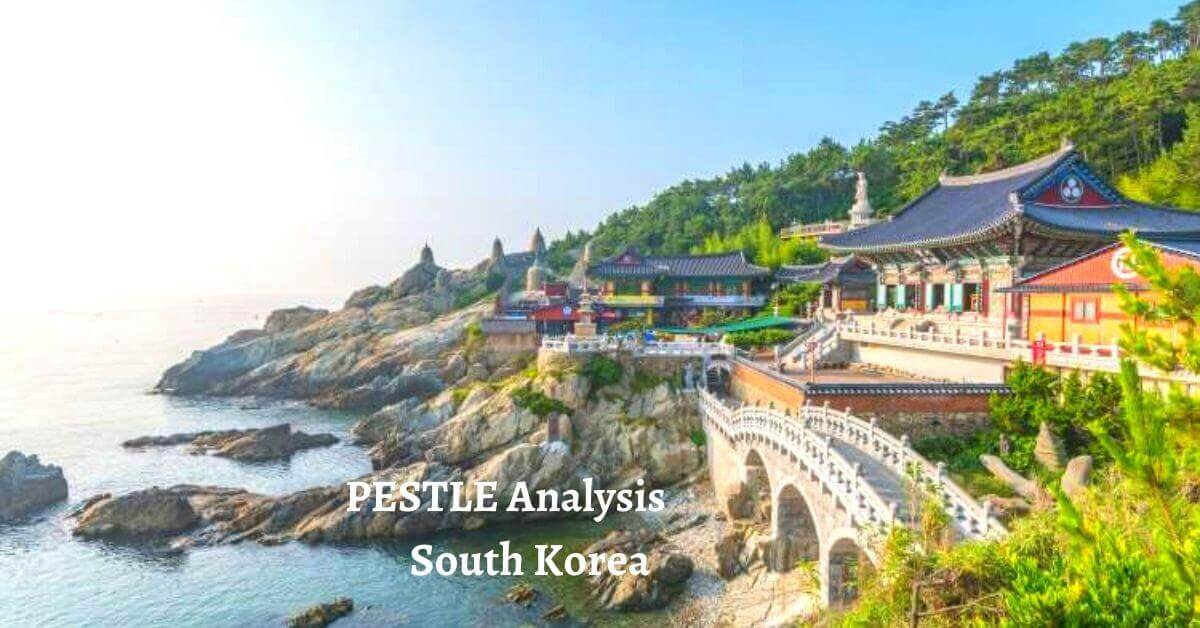Pestle analysis of Pakistan. The Islam Republic of Pakistan is a South Asian country. It shares the border with China, Iran, Afghanistan, India, the Gulf of Oman, and the Arabian Sea. Islamabad is the capital of Pakistan, whereas Karachi is the country’s largest city.
The total area of Pakistan is 340,509 square miles, and it’s the 33rd world’s largest country in terms of size and area. Approximately more than 212,228,286 people are populating the country according to the record of 2018, and it’s the 5th world’s most populated country. However, it’s the 2nd largest Muslim country in terms of population after Indonesia.
Pakistan has been home to various ancient civilizations, Indus Valley civilization is among the most prominent. Various rulers, invaders, and conquerors occupied modern-day Pakistan in different periods in history. The British East India of the British Empire was among the last invaders, they occupied the country from 1858 to 1947. The British colonists left India in 1947 and divided the whole subcontinent into two parts, and it led to the creation of Pakistan on Aug 14, 1947.
Today, we’ll discuss the pestle analysis of Pakistan. It’s going to focus on the macro-environmental factors impacting the world’s leading developing country. Here’s the pestle analysis of Pakistan as follows;
Political factors impacting Pakistan
Government System
Pakistan follows the federal parliamentary democratic system of government and administration, where the prime minister plays a major role ahead of the government. However, the role of the president is less significant and more ceremonial. The country has multiple parliamentary parties like PPP, PML, PTI, and many other small parties.
It’s worth mentioning it here that Pakistan’s military has a strong influence on the country’s politics. In fact, no political party could succeed and stay in power over time without the wishes of the military generals. However, many Pakistani critics say that the military is now controlling and running the political government in the background.
Diplomatic Relations
Pakistan has established very good relations with two of the world’s superpower countries; China and the USA. The county is more leaning towards her neighboring country, China. According to Economic Time in 2019, the Chinese Premier said about the relationship with Pakistan as an “unbreakable and rock-solid” bond.
Conflict with India
India is the world’s leading developing country and the most powerful player in the region after China. However, Pakistan has a troubling history and difficult relations with India over the issue of Kashmir, line of control, border, and water. Even though both countries have a common shared history, language, and culture, they could learn and progress more if they cooperate with each other.
Corruption & Instability
Pakistan is facing a serious issue of corruption. According to the ranking of Transparency International in 2021, the country ranks at the 124th position out of 180 countries, and it’s a very low ranking.
Pakistan also has a very unstable political environment. For instance, frequent conflict and disagreement between the government and opposition, political assassination, protests, and strikes of religious extremist groups.
Economical Factors Affecting Pakistan
GDP
According to an estimate, the annual nominal GDP of Pakistan in 2021 was 264 billion US dollars, and it increased by 0.5%. Out of which, the per capita income of the country was 1321.3 dollars. However, the country plans to become the world’s top ten economies by the end of 2047.
FDI
Foreign direct investment is very important to the country’s economy. China remains the biggest investor in Pakistan, while other investing countries are Hong Kong, South Korea, Japan, UK, and the USA. It’s important to know that the increasing domestic consumption level helps a country to attract foreign investment. Therefore, the government should promote local spending.
Economic Challenges
Inconsistency in government policies, poor law enforcement conditions, an unfriendly business environment, and selective judiciary system are some of the main challenges that Pakistan is facing to attract investors.
Imports & Exports
Pakistan’s top imports are cars, petroleum gas, palm oil, crude petroleum, and refined petroleum, and she imports it from Japan, Indonesia, Saudi Arabia, UAE, and China.
However, Pakistan’s main exports are non-knit women’s suits, non-retail pure cotton yarn, non-knit men’s dress, and house linen. The country exports it to Afghanistan, UK, China, Germany, and the USA.
Social factors affecting Pakistan
Demography
Approximately 219 million people are populating the country in 2020, and it’s the 5th most populated country in the world. The official religion of the country is Islam, and approximately 96.28% of the people are Muslim. Other minority religions are Hinduism, Christianity, Ahmadiyya, and others. English and Urdu are the country’s official languages. However, the average life of men and women is 66 and 68 years old.
Trends
Family plays a central role in Pakistani society. The country has the world’s leading domestic market and is very well familiar with Western standards. It has a plethora of cheap labor supplies. However, the growing middle class is decreasing the poverty level. Many people view nepotism as a good thing, and it’s very difficult to pin down an employment opportunity without references and links.
Social Challenges
Pakistan is facing some social challenges like gender discrimination, a lower healthcare system, poor transportation, unaffordable housing, shortage of quality food and water, terrorism, extremism, and poor literacy rate.
Technological Factors Affecting Pakistan
Tech Growth
Science and technology have progressed a lot in recent years. Surprisingly, Pakistan is also one of the world’s nuclear countries with limited resources to keep up its maintenance. However, the online shopping trend is increasing in the country. Alibaba, a Chinese leading e-commerce platform, has recently entered Pakistan. Its arrival would promote the country’s digital industry. The usage of smartphones and the internet is increasing.
Social Media
Pakistani people are highly active on social media platforms like LinkedIn, YouTube, Instagram, Pinterest, Twitter, Facebook, TikTok, WhatsApp, and others. The limited internet access in some areas is a major issue for the country to become a digital economy.
The government is improving the tech infrastructure and internet accessibility to exploit the digital revolution and tech industry. But the country requires a huge investment to develop an entrepreneurial and innovative mindset, tech literacy, and digital skill so that people could take advantage of the technology.
Legal factors impacting Pakistan
Regulations
The constitution of Pakistan prohibits discrimination of any kind like race, gender, caste, religion, etc., and ensures to protect its citizens. However, a working day comprises 8 to 9 hours and 48 hours a week. The law restricts the weekly overtime limit to 12 hours.
Environmental factors affecting Pakistan
Environmental Issues
Pakistan is facing some environmental challenges like over usage of plastic bags, waste management, air pollution, deforestation, and soil degradation, lack of freshwater, climate change, and water scarcity.
Tourism Industry
Pakistan has a remarkable hospitality industry, ancient ruins, Himalaya’s mountain range, cultural richness, and beautiful landscape. It attracts the attention of a lot of local tourists. However, the country’s negative and bad reputation and poor law enforcement are some of the issues impacting its tourism industry.
Conclusion: Pakistan Pestle Analysis Example Company
After an in-depth study of the pestle analysis of Pakistan, we have realized that Pakistan is indeed the world’s leading growing country. Environmental issues, poor law enforcement, bad reputation, nepotism, and corruption are some of the main issues. Pakistan should improve its image to attract foreign investment and tourism; while paying heed on the external political, economical, social, technological, legal, and environmental factors impacting the company.

Ahsan Ali Shaw is an accomplished Business Writer, Analyst, and Public Speaker. Other than that, he’s a fun loving person.


